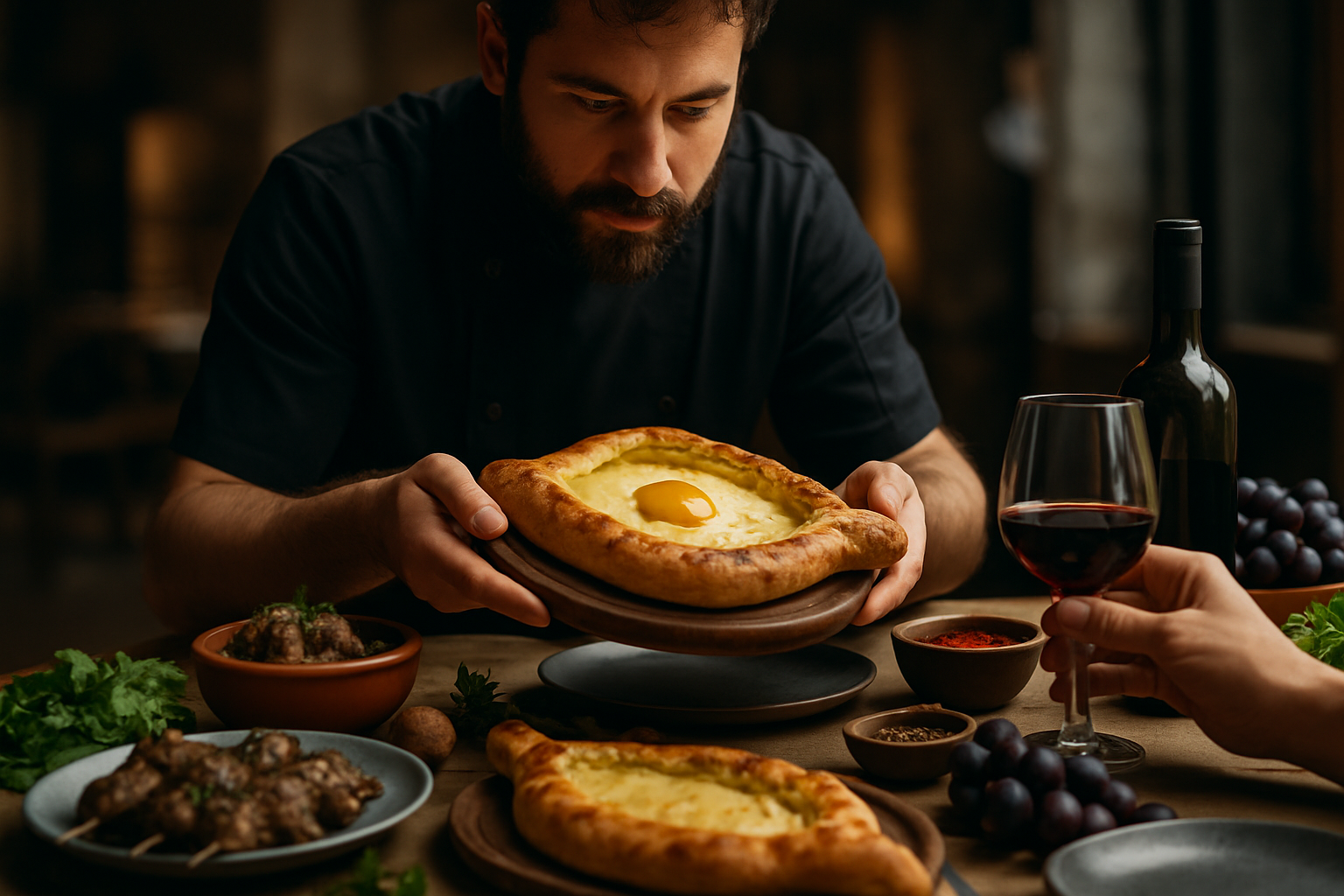Avant-Garde Culinary Theater: Where Food Meets Performance Art
The intersection of gastronomy and performance art has given rise to a captivating new genre: avant-garde culinary theater. This innovative fusion blends the sensory experiences of fine dining with the immersive nature of theatrical productions, challenging traditional notions of both cuisine and entertainment. As chefs and artists collaborate to push boundaries, audiences are treated to multisensory journeys that redefine the act of eating. From edible installations to narrative-driven tasting menus, avant-garde culinary theater is reshaping the landscape of experiential dining and artistic expression.

Blurring the Lines Between Chef and Artist
In recent years, the distinction between chef and artist has become increasingly blurred. Pioneering figures like Ferran Adrià, the former head chef of elBulli, have elevated cooking to an art form through their innovative techniques and presentations. Adrià’s approach to molecular gastronomy, which combines scientific principles with culinary creativity, has inspired a new generation of chefs to think beyond traditional culinary boundaries.
The Rise of Immersive Dining Experiences
Avant-garde culinary theater often takes the form of immersive dining experiences that transport guests into fully realized worlds. These events combine elements of set design, storytelling, and interactive performance with carefully crafted menus. Companies like Fever’s Dining in the Dark and Secret Cinema have popularized the concept, offering blindfolded dining adventures and movie-themed gastronomic journeys, respectively.
Edible Installations and Food Sculptures
Visual artists are also entering the culinary theater space, creating edible installations and food sculptures that challenge perceptions of what constitutes art and food. Jennifer Rubell, known for her large-scale participatory food installations, has presented works such as Padded Cell, a room-sized cube lined with pink cotton candy that visitors could eat. These installations blur the line between viewer and participant, inviting audiences to literally consume the art.
Narrative-Driven Tasting Menus
Some avant-garde culinary theaters focus on storytelling through food, presenting narrative-driven tasting menus that unfold like chapters in a book. Restaurants like Alinea in Chicago and Ultraviolet in Shanghai have pioneered this approach, using technology, scent diffusers, and carefully choreographed service to create multisensory dining experiences that tell a cohesive story from start to finish.
The Role of Technology in Culinary Theater
Technology plays a crucial role in many avant-garde culinary theater productions. Projection mapping, virtual reality, and augmented reality are being used to enhance the dining experience and create immersive environments. For example, Sublimotion in Ibiza uses 360-degree projections and VR headsets to transport diners to different locations as they enjoy their meal.
Critical Reception and Cultural Impact
The emergence of avant-garde culinary theater has been met with both enthusiasm and skepticism from critics and audiences. Proponents argue that it represents a natural evolution of both culinary arts and performance, offering new ways to engage with food and storytelling. Critics, however, sometimes dismiss it as gimmicky or overly pretentious, questioning whether the theatrical elements enhance or detract from the dining experience.
Challenges and Controversies
As with any emerging art form, avant-garde culinary theater faces its share of challenges and controversies. Issues of accessibility and elitism have been raised, as many of these experiences come with hefty price tags. There are also concerns about food waste and the ethics of using edible materials purely for artistic purposes in a world where food insecurity remains a pressing issue.
The Future of Culinary Theater
Despite these challenges, the future of avant-garde culinary theater looks bright. As audiences increasingly seek out unique and memorable experiences, the demand for innovative dining concepts continues to grow. Emerging technologies like AI and haptic feedback systems promise to further expand the possibilities for immersive culinary experiences. Additionally, collaborations between chefs, artists, and technologists are likely to yield even more groundbreaking productions that challenge our understanding of food, art, and performance.
Educational and Cultural Exchange Opportunities
Avant-garde culinary theater also presents unique opportunities for education and cultural exchange. By incorporating elements of history, science, and global cuisine into their productions, these experiences can serve as powerful tools for learning and cross-cultural understanding. Some culinary theater productions focus on highlighting indigenous ingredients and traditional cooking methods, offering a platform for preserving and sharing cultural heritage through food.





